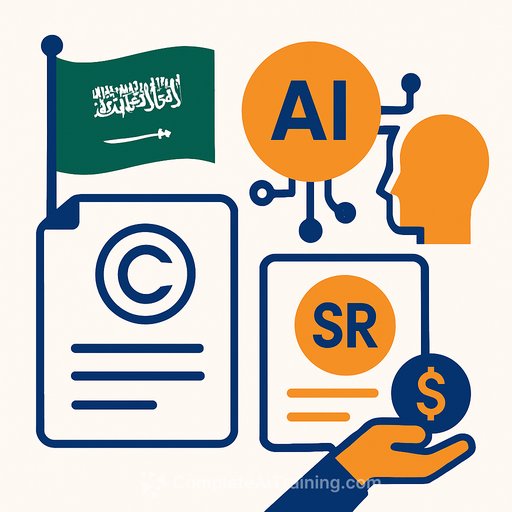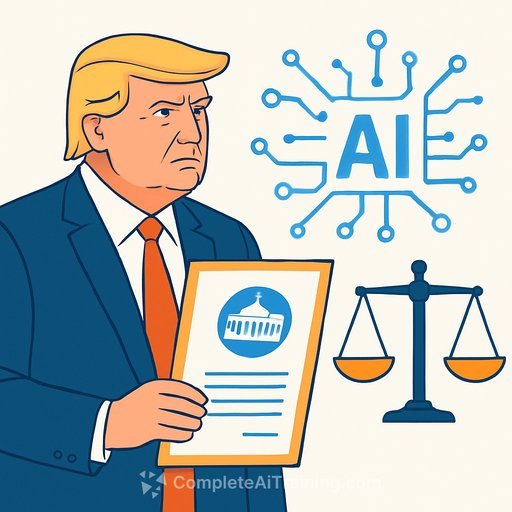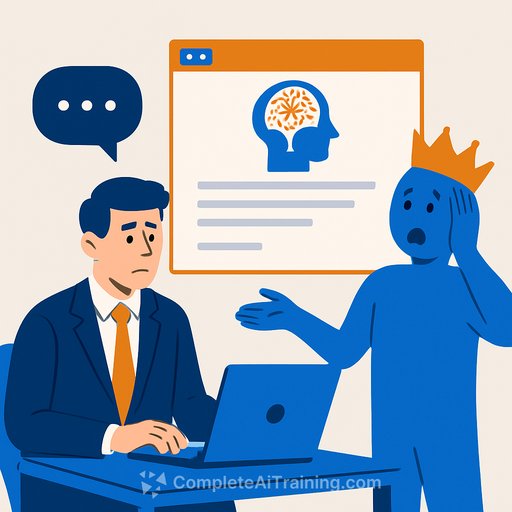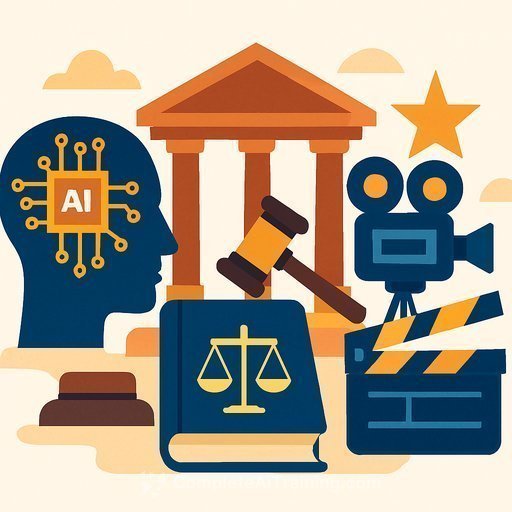Saudi Arabia issues SR9,000 fine in early AI copyright case: practical takeaways for legal teams
Saudi Arabia's Authority for Intellectual Property (SAIP) fined an individual SR9,000 for using AI to modify a personal photograph and republishing it commercially without the owner's consent. This is among the first publicly reported penalties in the Kingdom tied to AI use in a copyright context.
What happened
The rights holder filed a complaint after their personal image was altered with AI and reused commercially. SAIP investigators collected evidence, questioned the accused, and allowed a defense. A specialized committee confirmed the violation and imposed the financial penalty.
Why it matters legally
- AI tools do not create an exception to consent, ownership, or licensing requirements.
- Altering personal images and exploiting them commercially increases exposure under copyright and personal rights.
- SAIP flagged both financial and legal penalties to protect creators and deter future violations.
Enforcement notes
- Complaint-driven process with standard investigative steps and committee review.
- Opportunity to respond was provided before the decision.
- Penalty signals active oversight of AI-assisted content use.
Action items for in-house and outside counsel
- Inventory AI use cases that touch third-party content, especially personal images and videos.
- Require written consent or clear licenses before any AI-driven modification or redistribution.
- Update supplier and creator agreements: warranties on ownership, indemnities, and AI-use disclosures.
- Implement a pre-publication review for AI-altered media, including source verification and scope-of-use checks.
- Maintain provenance records: original files, prompts/settings, edits, timestamps, and approvals.
- Train marketing and product teams on consent, fair use limits, and high-risk scenarios (faces, minors, sensitive contexts).
- Establish a takedown and remedy protocol for fast response to complaints.
Risk flags to watch
- "Personal" content used beyond the context it was provided.
- Commercialization of AI-modified works without explicit authorization.
- Blending user-generated content with AI outputs where ownership is unclear.
- Assuming AI-generated edits transform a work enough to bypass rights-this case cuts against that assumption.
References and further reading
Policy direction
Expect more complaints and committee actions as AI usage expands across creative and commercial workflows. Counsel should treat consent and licensing for AI-modified media as non-negotiable controls, backed by training, contracts, and audit trails.
If your legal team is building internal AI-use policies and training, consider structured courses for cross-functional stakeholders: AI courses by job role.
Your membership also unlocks:






